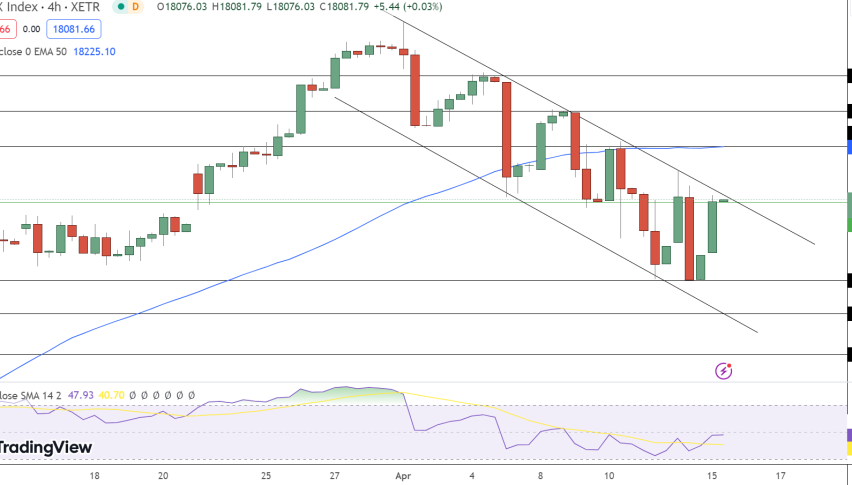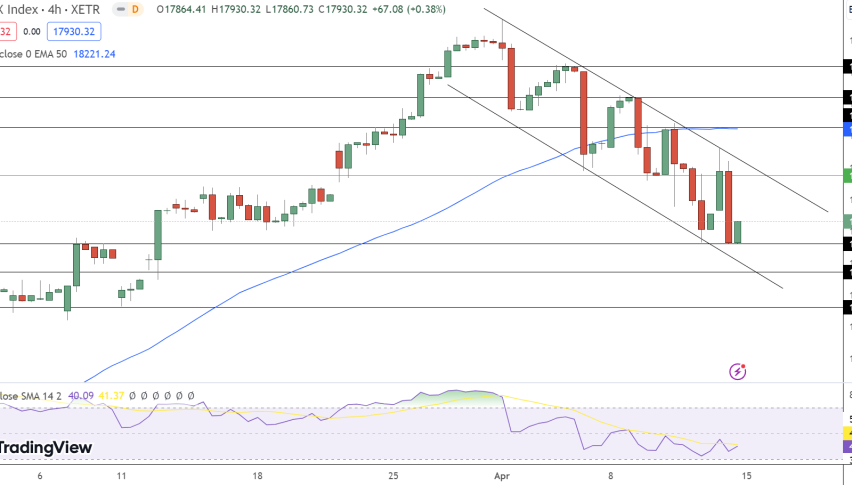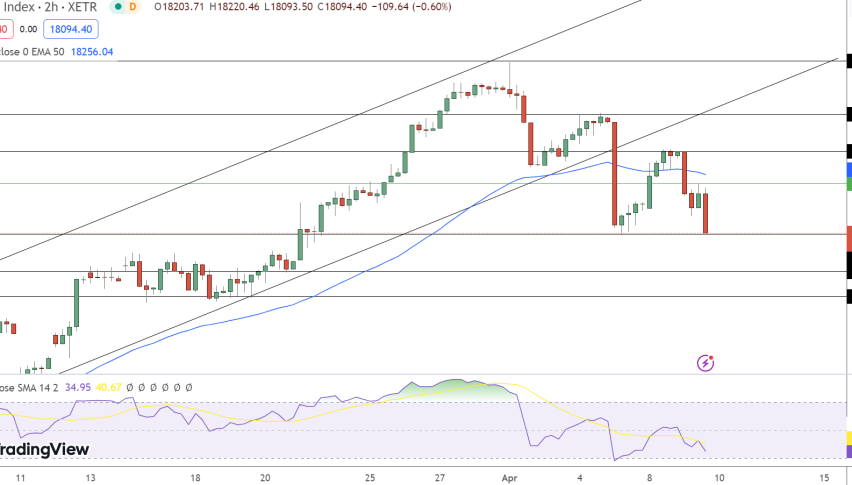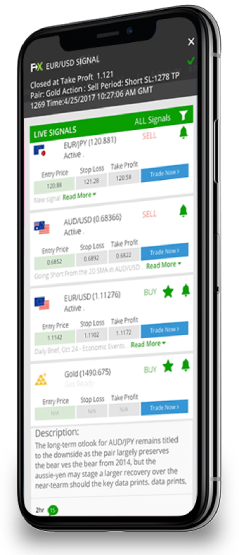The DAX index, which tracks the performance of Germany’s top 30 companies, has been on a downward trend, hitting a low point at 17,652. This reflects a generally negative sentiment in the German stock market.
Some companies like Rheinmetall AG experienced significant drops, particularly in the tech and auto sectors, while others like Symrise AG saw modest gains. The individual performances of these companies influence the overall movement of the DAX index.
However, the US Jobs Report showed mixed data, causing uncertainty among investors and potentially affecting global markets like the DAX index. On the bright side, positive data regarding German industrial production and producer prices could bolster confidence in the German economy. This positivity might lead to increased buying activity and a favorable impact on the DAX index.
German Data & Eurozone data Impacts DAX Performance
On the data front, Germany’s industrial sector saw a rebound in January, according to figures released by Destatis on Friday. Industrial output in Europe’s largest economy increased by 1.0% month-on-month, surpassing expectations of 0.6% and reversing December’s 2.0% decline.
On an annual basis, German industrial production fell by 5.5% in January, compared to a 3.0% decline in December. Despite the annual decline, the monthly uptick suggests a recovery in the industrial sector, indicating positive momentum for the German economy.
Therefore, the rebound in Germany’s industrial sector, with a 1.0% month-on-month increase in January, signals potential economic recovery. This positive momentum could lead to increased investor confidence in German companies, potentially contributing to upward movement in the DAX index.
On the other hand, Eurostat’s final estimate confirmed no growth in the Eurozone economy for the fourth quarter of 2023, with Gross Domestic Product (GDP) remaining stagnant at 0% on a quarterly basis. This figure aligned with market expectations, reflecting no change from the preliminary report. On an annual basis, the bloc’s GDP expanded by 0.1%, consistent with the initial reading and market forecasts.
Furthermore, the final Employment Change data for Q4 showed a 0.3% increase quarterly and a 1.2% increase annually, indicating modest growth in employment within the Eurozone during the period. Hence, the Eurozone’s stability, as reflected in the final GDP figures aligning with expectations, and modest employment growth could bolster investor confidence in European markets, potentially positively impacting the DAX index.
Impact of US Jobs Report on DAX Index
On the US front, the Jobs Report on Friday grabbed investors’ attention, showing a 275k increase in nonfarm payrolls alongside a rise in the unemployment rate from 3.7% to 3.9%. Average hourly earnings slightly eased from 4.4% to 4.3% year-on-year in February. These figures supported expectations of a Federal Reserve rate cut in the first half of the year.
Therefore, the Jobs Report’s data, indicating robust job growth alongside a slight easing in wage growth and a rise in the unemployment rate, supports expectations for a Federal Reserve rate cut, potentially stimulating global markets, including the DAX index.
German 40 (DAX) Price Forecast: Technical Outlook
The German40 (DAX) edges lower by 0.38% to 17746.27 in today’s session. Technical analysis on a four-hour chart frames a pivot point at $17,716.
Above this level, immediate resistance lies at $17,796, with further ceilings at $17,882 and a misstated level that requires correction.
Support positions at $17,640, $17,569, and $17,487 could play a key role in bolstering the index should downward pressures persist.
The Relative Strength Index (RSI) at 57 straddles the midpoint, suggesting a balanced power between buyers and sellers. The 50-day Exponential Moving Average (EMA), at $17,539.76, aligns with an upward trendline that currently shores up the DAX around the $17,715 level.
An observed formation of Doji and bullish engulfing patterns above the pivot indicates potential for an uptick. Conclusively, the DAX maintains a bullish potential above $17,715, while a descent past this juncture may prompt a sharp sell-off.




















